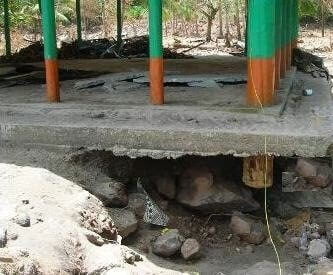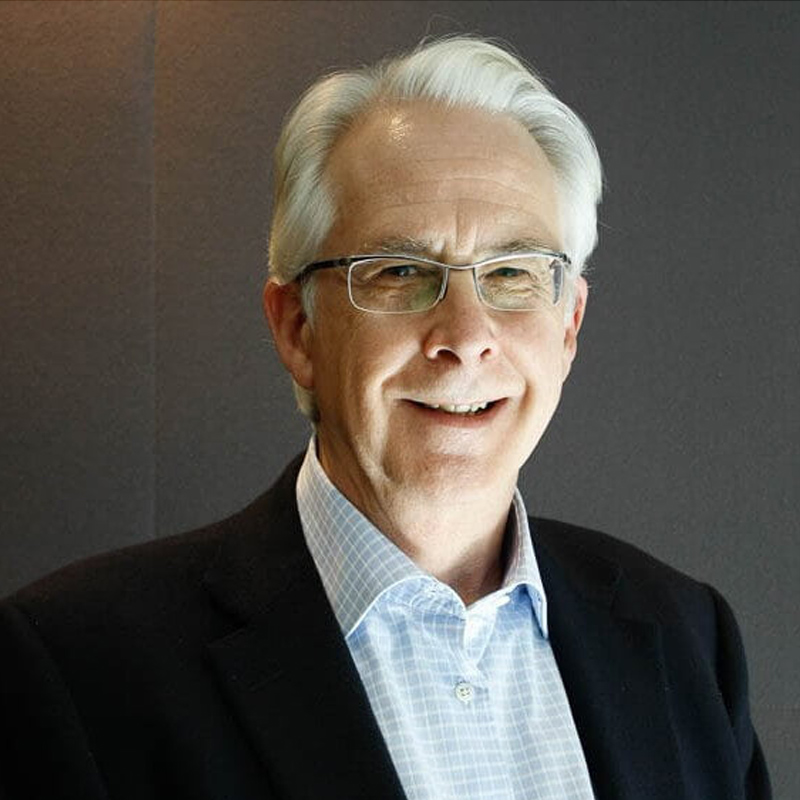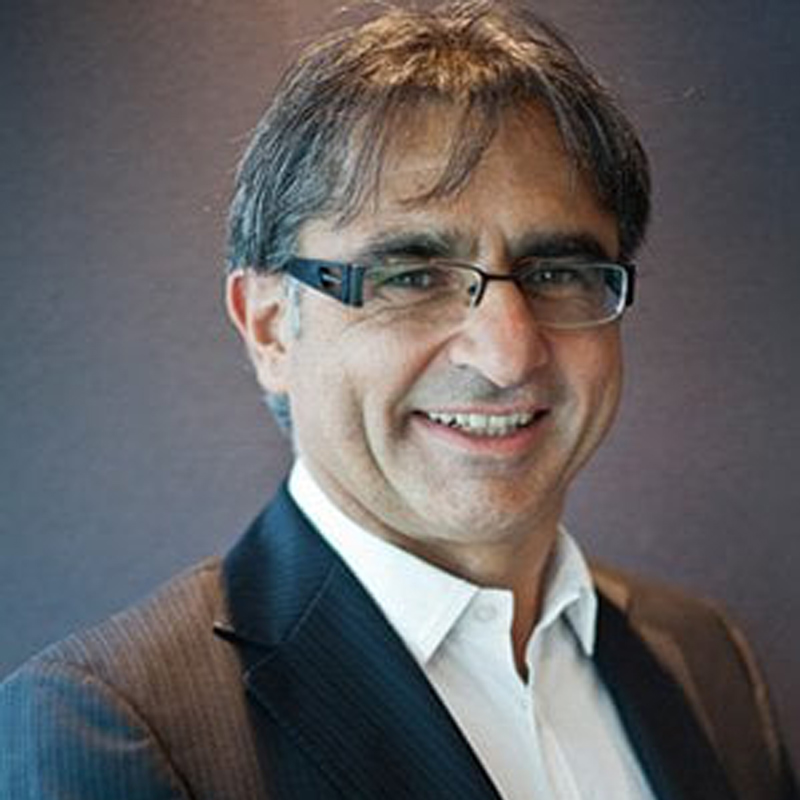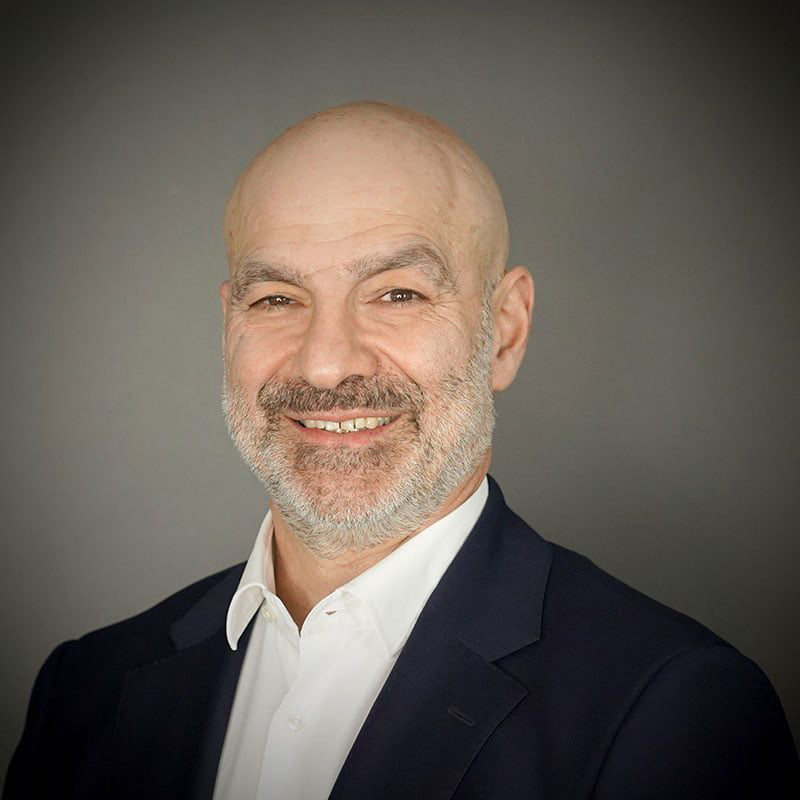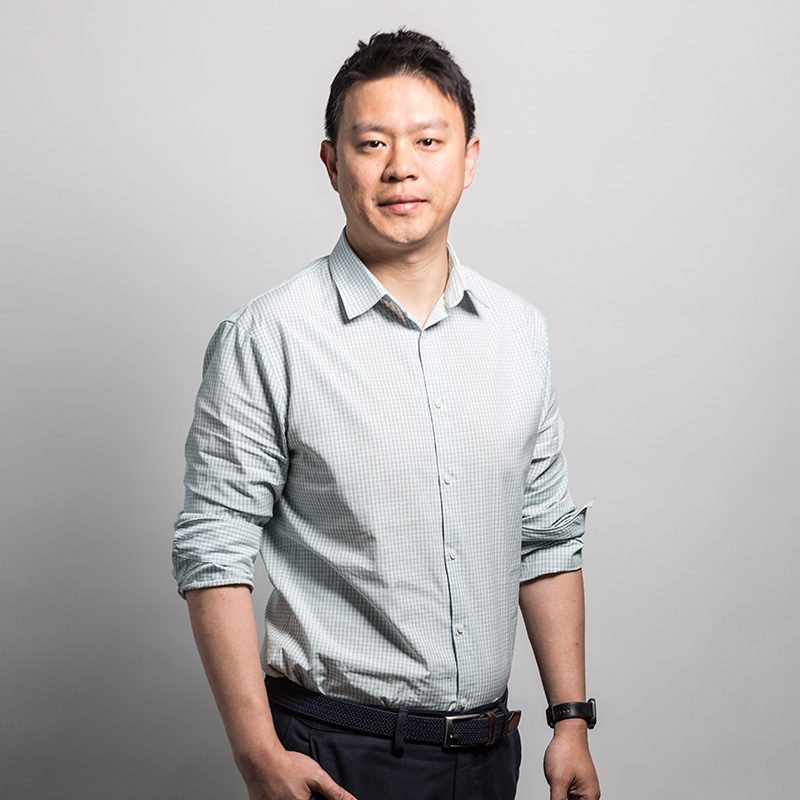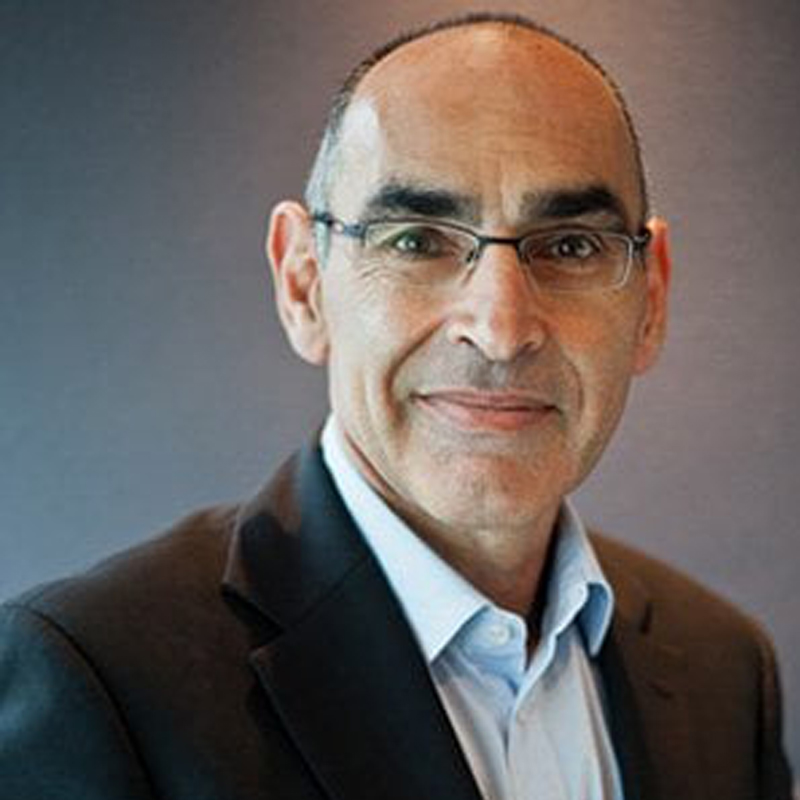When approaching a class ‘P’ or Difficult site, engineers must find innovative, collaborative design solutions that mitigate risks to residential projects. There are several factors that may greatly affect the design of Slab Footings on these sites. When approaching a Class ‘P’ site, engineers at Intrax consider various elements, as discussed below, to find the most effective solution.
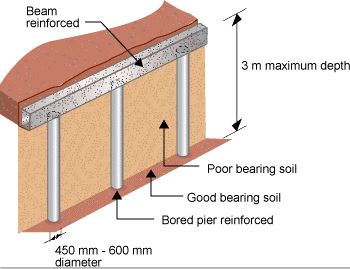
Typical Factors Influencing Sites as Class ‘P’ Classification:
- Soft Soils
- Trees (Existing/Removed)
- Recently Demolished or Existing building on site
- Land subject to Inundation (Flood)
- Erosion Management Issues (Potential Landslip)
- Mine subsidence Areas
- Existing Infrastructure Services
- Soft Soils
When an engineer has encountered a site with soft soils the first step to take is to challenge and clarify the recommendations given by the geotechnical investigation.
Ensure compaction reports are sighted and/or fill assessment testing is done. The bearing capacity of the soil has to be determined at a particular depth and a conclusion has to be drawn to what would be the most cost-effective way to support the structure.
Then depending on variables, the support mechanisms could potentially be:
Deep footing system in the form of bored piers or screw piles.
This method creates a platform that is founded at a deeper soil horizon with a larger soil bearing capacity. The loads from the structure bypass the softer soils and are directly transferred to stronger stratum.
Stiffened slab.
When the supporting slab is sufficiently stiffened with adequate reinforcement, the loads from the superstructure are distributed evenly across the whole area of the slab. This is similar to how the snowshoes work.
The engineer should clarify the recommendations given by the geotechnical investigation to determine the slab reinforcement required in order to achieve the necessary stiffness of the slab. A ‘soft spot’ design can be recommended which involves a design based on a previously approved theory.
The edge beams of the slab are designed to cantilever over spots where there is a potential loss of support.
Soil remediation techniques.
In some cases, it is possible to carry out controlled soil compaction achieving the required bearing capacity. The soft soil (fill) can be stripped off the site and re-compacted in 150mm thick layers ultimately providing a satisfactory bedding for a foundation. This is done with soil compactors, rollers and excavators.
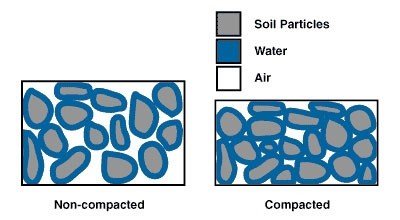
1. Trees (Existing/Removed)
When trees are encountered on site the engineer is to raise several questions:
- Which climatic zone is the site located in? What is the suction depth (Hs), characteristic surface movement (Ys) and, surface movement due to tree (Yt)?
- What type of tree: is it Deciduous or Native?
- What is its influence zone, how high can the tree grow?
- Is the tree in an immature or mature state?
When the above has been resolved and factored in computation the following footing systems can be implemented:
Deep footing system.
This type of footing transfers the loads of the structure below the Hs which is the suction depth of a particular tree in a particular climatic zone.
Stiffened slab
The slab can be stiffened to resist the additional ground movements due to the tree influence
Tree removal
When a tree has been removed the soil can experience re-moisturising which in turn can induce soil movements. A slab has to be sufficiently stiffened to account for that.
Or, a wait is required till the moisture condition on site would stabilise. Typically it takes:
- 12 to 18 months in climate zone 2
- 24 to 36 months in climate zone 3
2. Recently Demolished Building
When an existing building has been recently demolished on site, there is a possibility of the soils encountered on site being in a moisture re-stabilisation. Slab stiffening is required to tackle this
Or, a wait of 9-12 months is required for the soil moisture level to stabilise.
3. Site Subject to Inundation (Flooding)
A site is subject to inundation due to the regulations imposed by the relevant authority. It is the engineer’s responsibility to challenge the authorities about the relevance of a flood event at a particular site. The flood flow rate and FFL (in A.H.D) has to be determined before the design can commence. The design shall entail
- Hydrostatic actions
- Upward and Downward loads
- Hydrodynamic actions
- Lateral loads induced by water flow creating drag forces
- Debris actions
4. Erosion and scour
To prevent scour the footing has to be founded into the natural soils
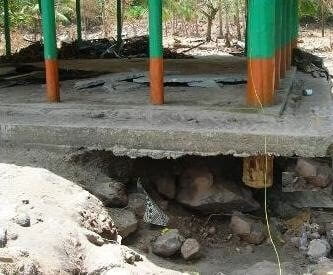
1. Erosion Management issues
After reviewing the geotechnical report the recommendations have to be clarified or challenged. To prevent erosion and landslip the engineer is to use one of the footing types.
- Deep footing system such as bored piers or piles to reach the soil unaffected by the slip circle.
- Use batter stabilisation techniques such as retaining walls, shotcrete, geotextile fabrics and composites
2. Mine subsidence Areas
The engineer is to challenge or clarify the recommendations given by the soil report. The client must be made aware of risks on these sites and potential for repair if required.
Effects of mining include:
- Vertical subsidence: generally doesn’t affect structures on small footprints such as residential homes
- Horizontal displacement (strains): tensile and Compression Strains are a result of differential movement between two points. The forces are transferred via friction. Waffle raft footings in concert with a high grade plastic on a sand bed layer are ideal in this application.
- Curvature and Tilt: this occurs due to differential settlement at the surface. Good detailing such as ‘AJ’s in brickwork are recommended. Existing Infrastructure Services
A slab needs to be designed considering the angle of repose of existing pipes in easements or other services. The following methods are commonly used to tackle this:
- Deep footings
- Slab bridging
- Stiffened slab as cantilever design
Conclusion
Engineers face many challenges when engaging a Class P site. Design solutions must find innovative ways to manage issues and mitigate risks caused by the typical factors that influence these sites. The expertise Intrax brings to projects affected by difficult sites ensures an optimized engineering solution that achieves the best results and stands out amongst the competition.

